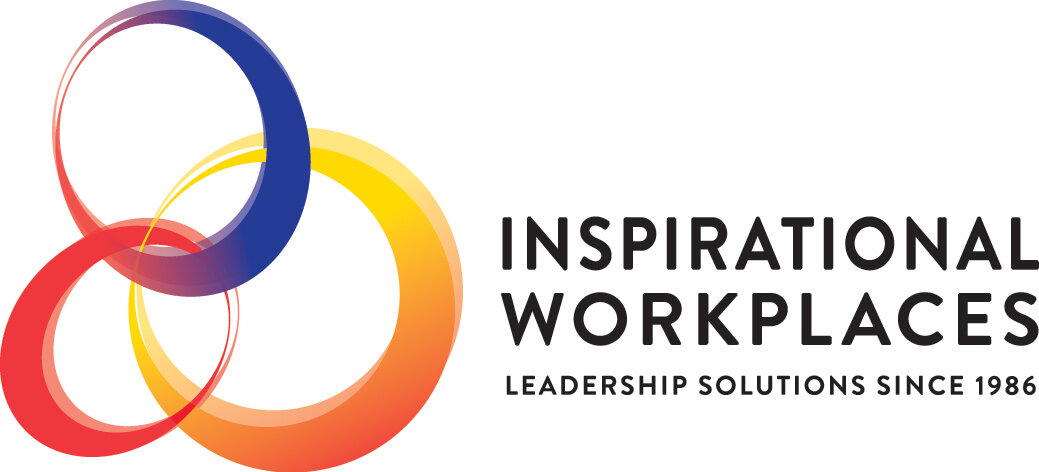
CASE STUDY: LEADERSHIP TEAMS
LEADERSHIP TEAM DEVELOPMENT FOR A GLOBAL HEALTHCARE COMPANY
Improving Leadership and Relationships to Create a High-Performing Team
(Reading Time is 2 minutes)
Overview
The Australian arm of a global healthcare company has been our client since the mid-1990s. They required our help to address the complex and problematic dynamics in a leadership team of high-performing executives. The team had a new leader, who was finding it difficult to combine the individuals’ outputs into that of a high-performing team.
Client Objectives
Improve the working relationships within the leadership team and between the leadership team and the key research function of the business
Provide the Director with techniques and skills to successfully manage a team of dominant high-performing executives.
Solution
We took a collaborative approach to designing the program, which included an initial consultation with each of the leadership team members to help identify the strengths, weaknesses, and development needs of the group. Key issues emerged around competition for power and a lack of role clarity, as did the Director’s preference for dealing with these issues one-on-one while avoiding them during group discussions. Separate preparatory sessions were also held with the Director and his peer in Research..
We designed and delivered a two-day leadership team development offsite to address the group dynamics issues and the team’s development needs. The leadership team development component was predominantly activity-based learning around role mindset, authority and power, and the attributes of high-performing teams. Models of personality ‘typing’ were deliberately avoided to enable the group to move beyond unsolvable ‘personality conflicts’ and address the underlying issues. The team took responsibility for collectively defining their ideal team and, in addition to the offsite, ongoing coaching support was provided to the Director to ensure he had the skills to adequately and confidently manage the challenging team dynamics.
Outcomes
Relationships within the leadership team improved sustainably when measured with a pre- and post-program questionnaire. This resulted further in improved productivity and better decision-making and outcomes when the team worked together.
The Director developed the skills necessary to manage and develop the team more successfully. His positive behaviour was modelled amongst the team members. These changes contributed to increased productivity as well as more effective relationships within the team.
A close and supportive relationship was maintained with the client and we have since continued to assist them with additional leadership team development programs.


